Physicians spend hours after clinic visits finalizing notes, managing charts, reviewing faxes, and submitting documentation required by payers. With increased demand for pulmonary care and ongoing staffing constraints, this administrative burden is increasingly unsustainable.
AI—particularly purpose-built back-office automation platforms like Honey Health—is rapidly transforming how pulmonology clinics manage documentation. In this article, we’ll explore how AI co-workers can reduce documentation time, how these systems integrate into workflows, and what to look for when evaluating solutions.
The Documentation Problem in Pulmonology
Pulmonologists are dealing with a unique mix of administrative challenges:
- Extensive chart reviews for patients with chronic respiratory conditions (e.g., COPD, asthma, interstitial lung disease)
- High volume of outside records and faxed referrals needing review
- Device data (e.g., spirometry, CPAP) that must be reconciled and entered into notes
- Repetitive documentation workflows tied to payer requirements and referrals
This burden leads to increased provider burnout, delayed care, and inefficiencies that affect practice revenue and patient experience.
How AI Reduces Documentation Workload
Modern AI platforms go far beyond dictation or basic note templating. Honey Health, for example, deploys agentic AI co-workers that act inside the EHR and complete documentation-related tasks without toggling or manual input.
Capabilities include:
- Pre-Charting Agents: Pull prior notes, labs, imaging, and referral content into a templated summary before the visit
- Post-Visit Documentation: Suggest or auto-complete SOAP notes based on real-time visit data, aligned to the provider’s documentation style
- Device Data Ingestion: File CPAP compliance data, spirometry readings, and other external data into the patient’s chart correctly mapped to the visit
- Fax Summarization: Use AI to read and summarize long PDFs or scanned images, pulling relevant info into structured documentation
Quantifying the Impact
Practices using Honey Health have reported:
- Up to 70% reduction in time spent on documentation per visit
- Faster note completion by end of day—reducing after-hours EHR work
- Higher documentation accuracy for billing, prior auth, and downstream care coordination
For multi-location pulmonology groups, these gains translate into millions in saved administrative labor and faster care delivery for patients with complex needs.
AI That Works in the EHR
The key to success is integration. AI co-workers must operate natively inside EHR platforms like Athenahealth, Epic, or eClinicalWorks. Solutions that require toggling between dashboards or “copy-paste” fall short—they introduce friction and increase error rates.
Honey Health is built with deep EHR interoperability, meaning AI agents can view, write, and update charts just like a human staff member—without retraining your team on new tools or workflows.
Specialty-Specific Intelligence
Generic AI solutions often fail to understand pulmonary-specific language or workflows. Honey’s platform is trained on millions of pulmonology notes, faxes, and documents—ensuring accuracy in context like:
- Understanding dyspnea differentials or spirometry interpretation
- Filing device data accurately (e.g., CPAP compliance reports)
- Summarizing complex records from referring PCPs or hospitalists
Conclusion
Reducing documentation time in pulmonology isn’t just about saving hours—it’s about preserving provider energy, speeding up care, and freeing up staff to focus on what matters most: the patient.
AI co-workers like Honey Health offer a practical, scalable, and EHR-native way to eliminate repetitive documentation tasks, without compromising quality or compliance. Pulmonology groups looking to grow sustainably should start with their biggest time sink—and that’s documentation.
Start with one use case. Measure impact. Then scale.

